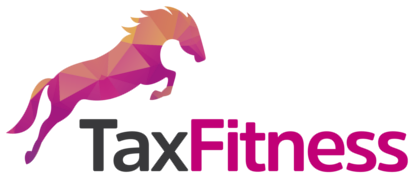A Window Tax Was Introduced in 1696

The window tax was a property tax based on the number of windows in a house. It was designed to impose tax relative to the prosperity of the taxpayer, with the logic being that the rich had bigger houses with more windows, so should pay more tax than the poor (with fewer windows). The tax was a significant social, cultural, and architectural force in England, France, Ireland and Scotland during the 18th and 19th centuries.
The tax was first introduced in England and Wales in 1696 under King William III (under an act ‘for granting to His Majesty several Rates or Duties upon Houses for making good the Deficiency of the clipped Money’). When the window tax was first introduced it was set at the rate of 2 shillings per house, plus 4 shillings for between 10-20 windows, and 8 shillings for twenty plus windows.
England’s window tax was subject to constant tinkering and revision. In 1709 for example, a new top rate of 20 shillings total was introduced for houses with 30 or more windows. In 1748 Scotland introduced a window tax, although only houses with at least seven windows or a rent of at least £5 were taxed. France followed suit in 1798 with its own window tax. The window tax was attractive to governments, and tax collectors, as it was relatively unintruisive on taxpayers, and easy to administer. All the tax collectors needed to do was basically go to the house and count the windows.
Although the community generally deemed the window tax to be equitable, it was still unpopular, because it was seen by some as a tax on ‘light and air’. Some taxpayers of course didn’t want to pay the window tax, so implemented their own tax planning. This involved bricking-up the window-spaces.
The window tax was repealed in England, Wales and Scotland in 1851 (156 years after first being introduced), and France in 1926.
"You’d be stupid not to try to cut your tax bill and those that don’t are stupid in business"
- Bono: U2




